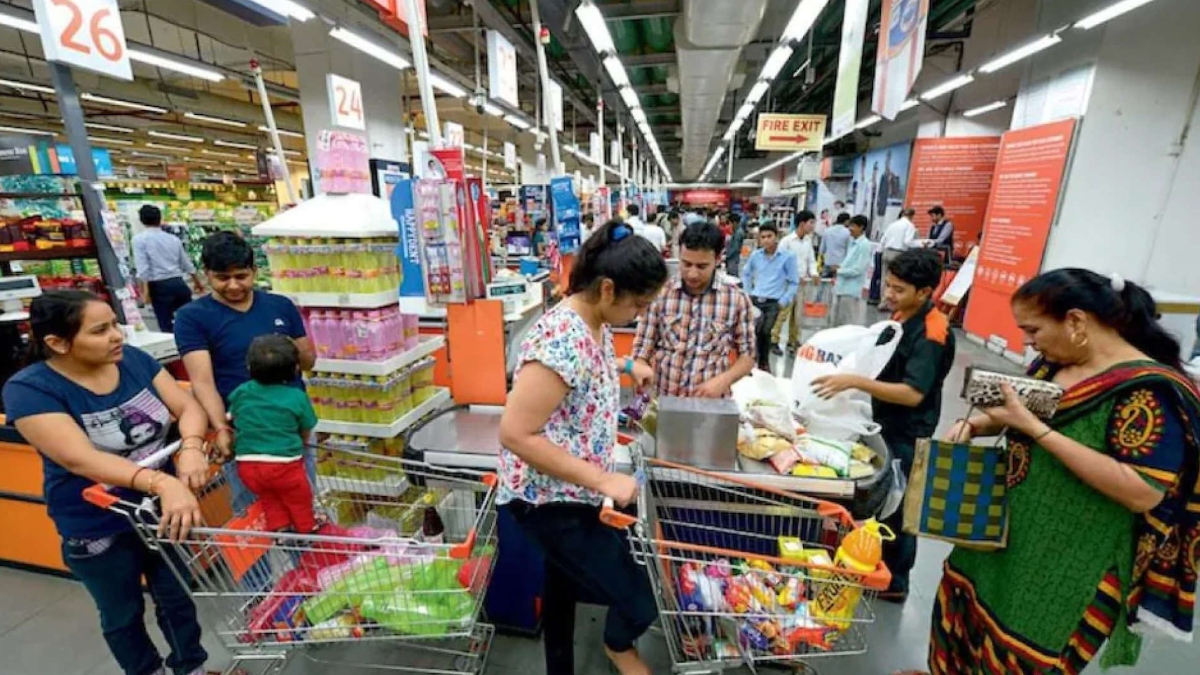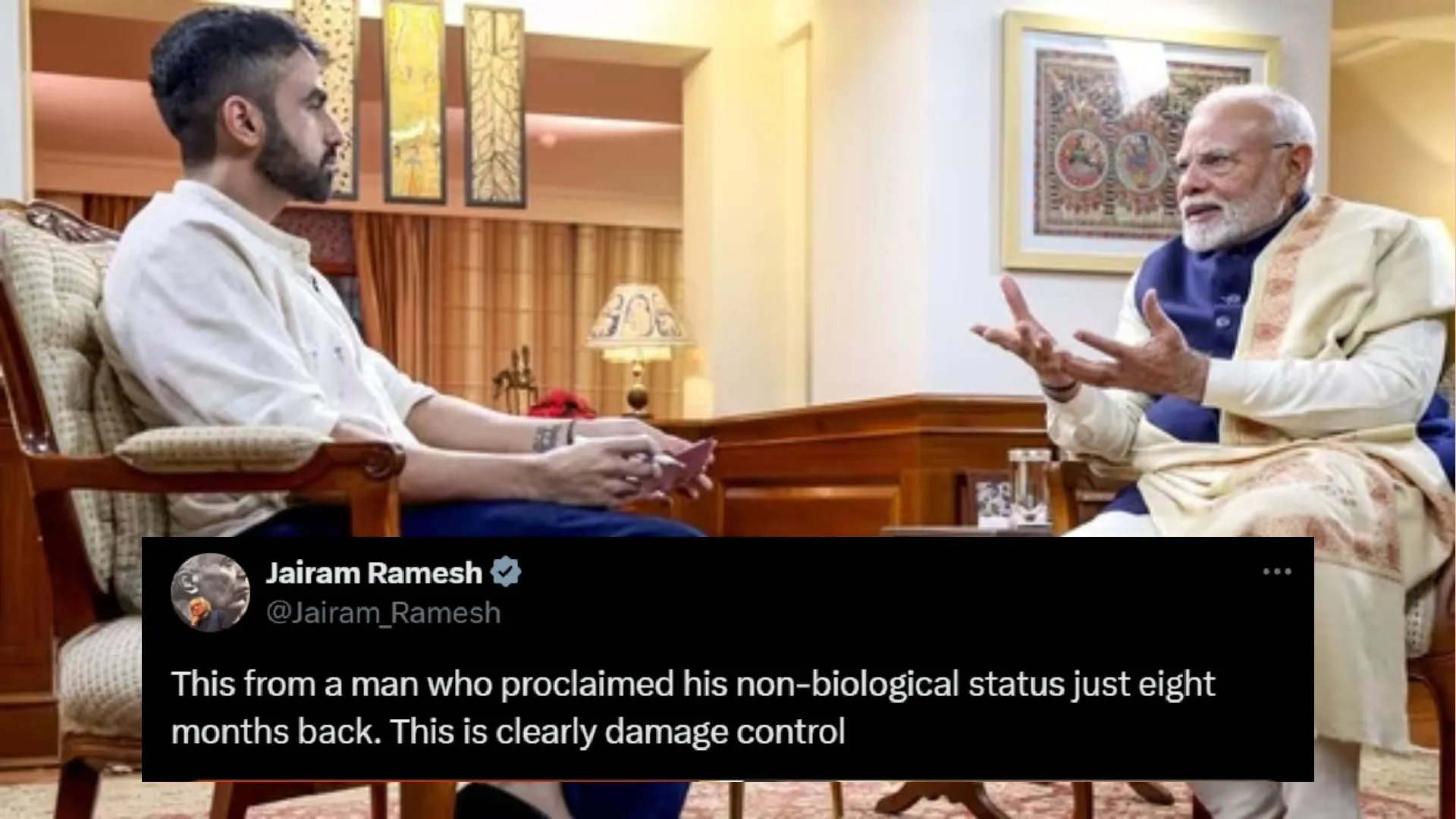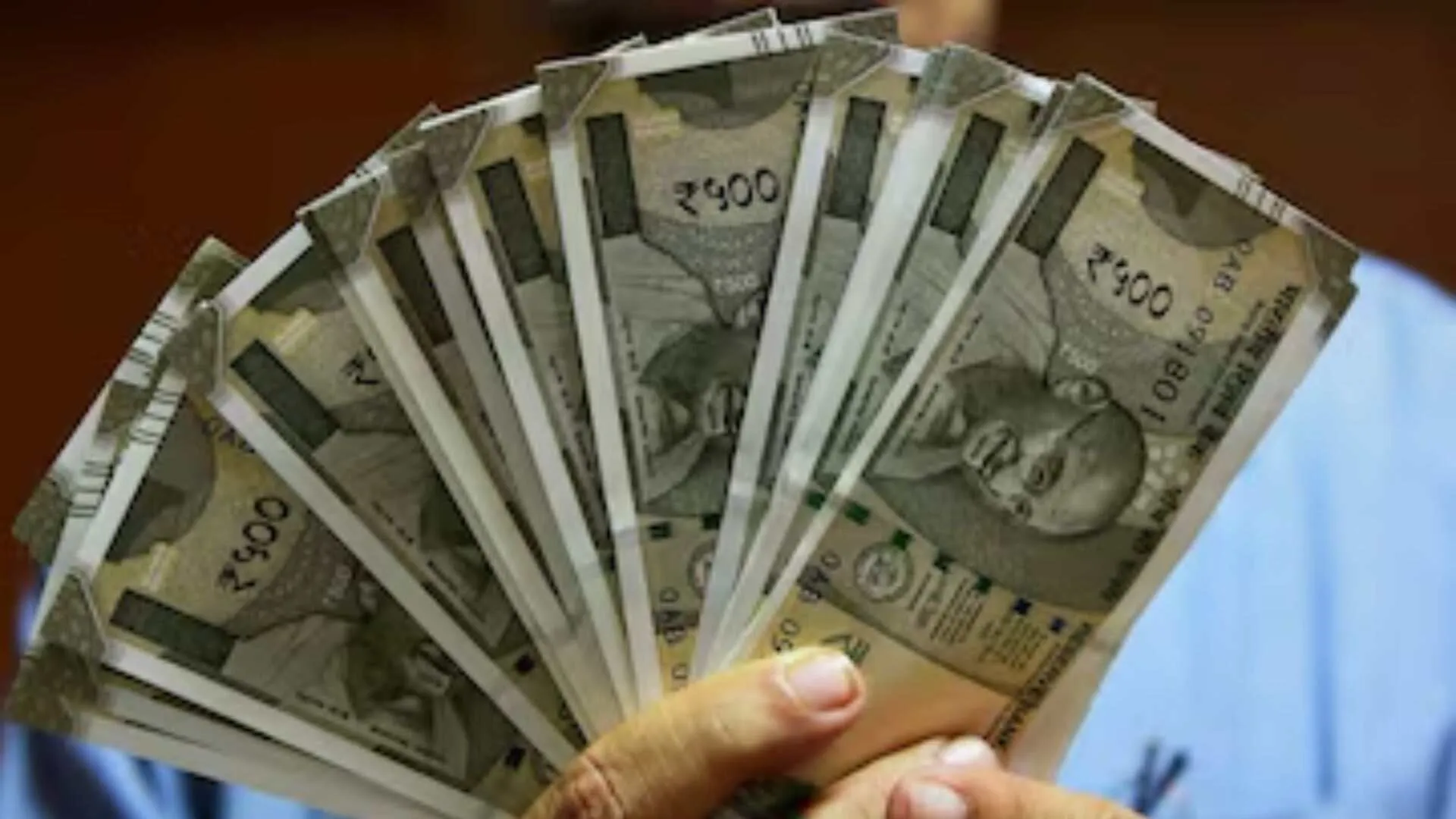India is currently facing a public health crisis of non -communicable diseases like rising obesity, diabetes, cancers, and heart disease. A plethora of scientific evidence shows an association with unhealthy ultra-processed foods that are usually high in sugar, salt, or bad fats. While FSSAI has decided to include Health Star Rating labels on the front of food packets, I argue for a warning label on such foodproducts.
In India, it is estimated that nearly 5.8 million people die from NCDs every year out of total deaths of about 9 million. NCDs also cause a huge negative impact on the socio-economic development of the country. More than half of the 5-19-year-olds show biomarkers of NCDs in India.
Unfortunately, consumption of unhealthy food products is rapidly rising. According to a plethora of scientific publications, increased consumption of ultra-processed unhealthy food/drink products is associated with overconsumption of calories, obesity, increase in type -2 diabetes, cancers, heart disease, and all-cause mortality. Industrially processed food products are usually high in sugar, salt, or bad fats, and contain several types of additives, making them unhealthy. Real, unprocessed or minimally processed foods are not.
NITI Ayog and FSSAI are currently considering policies for front of pack labeling (FOPL), taxation, and restriction of marketing of unhealthy food products.
DEEPLY CONCERNING
On 15th February 2022 at the meeting of the stakeholders on FOPL, the FSSAI took two decisions. One, FSSAI has decided to include a food packet label with a “health star rating” (HSR) as a preferred FOPL in the draft regulation. “..HSR may be incorporated into the draft regulations and the stakeholders may provide their comments on the same as per the due procedure.” Secondly, FSSAI has decided to use the cut-off levels of sugar and salt 2-3 times more than what WHO recommends.
These decisions may be counter-productive and defeat the objective of public health regulation. I will explain how.
FOPL means a prominent display on the front of a packet in a simple, easily understandable format. HSR means that based on the contents of a food product, it receives ‘stars’ ranging from half to 5. The system will use an algorithm and a calculator designed for this purpose. It gives weightage to ‘positive nutrients’ like nuts and fiber to get a higher number of ‘Stars’. There is evidence from Australia, where HSR is being used, that it is even manipulated by the food industry.
FSSAI allows sugar in food products at 20.7grams while the WHO recommends 6 to 12 grams per 100 gms. Similarly for the salt, the WHO recommends 250 mg and FSSAI has taken 450mg per 100 Gms. Stars on the food packet would inform you of being less healthy or more, which you as a consumer may continue to eat and such foods lead to overconsumption by nature of the processing these are subjected to and contain additives like taste enhancers.
If you wanted to prevent diabetes or hypertension or were suffering from these diseases, you would certainly like to know if sugar, fat, or salt is HIGH. The HSR system used in Australia has been shown to create a ‘health halo’ and not be able to reduce consumption. Most food products ended up being healthy while these were ultra-processed. Adding little healthy nutrients in small amounts will not make these food products healthy. However, the food industry would be free to project it as healthy and market aggressively. That would drive the consumption to go up.
On the other hand, a Warning on the FOPL may alert you to avoid these food products or reduce their consumption. The scientific evidence and experience from countries like Chile, and Mexico, have shown that ‘warning labels’ can significantly reduce the household purchases of high sugar beverages by 23.7% and the largest reduction was among high sweetened fruit (-42%) and dairy (-20%) beverages. A systematic review of studies on FOPL types showed that “high in” FOPL, compared to no FOPL, led to significant reductions in the sugar, calorie, and sodium content of food and beverage purchased. At the same time, science does not support ‘HSR’ to be able to reduce consumption.
All the food companies and their representatives endorsed the decision of FSSAI while the consumer groups and the Centre for Science and Environment opposed it.
No noise from the industry because it doesn’t affect their bottom line, while in 2018 when traffic light labels were being considered to give a ‘red’ color to the unhealthy food, the industry opposed it tooth and nail.
The IIM Ahmedabad report, based on which FSSAI has decided to include HSR in the Draft Regulation observes that warning labels are ahead of HSR, in reducing purchase intention. The strongest effect was observed in the respondents given the warning on the pack both in the category of chips and biscuits. This is the key to behavior change. Later two more studies have appeared that also conclude that warning labels are the way forward for India.
A “draft” regulation may be out soon and will be up for public comments. These FSSAI decisions should pave the way for Warning Labels and WHO recommended cut-off points.
It is now up to the Parliamentary Standing Committee on Health to take suo moto recognition of the issue and examine it in depth. Is it the convenience of the food industry or the health of the people? This is a key question. The decisions being considered at the FSSAI may not be in the best interest of public health.
The author is a Pediatrician and convener of the Nutrition Advocacy in Public Interest (NAPi), he was a former member of the PM’s Council on India’s Nutrition Challenges























